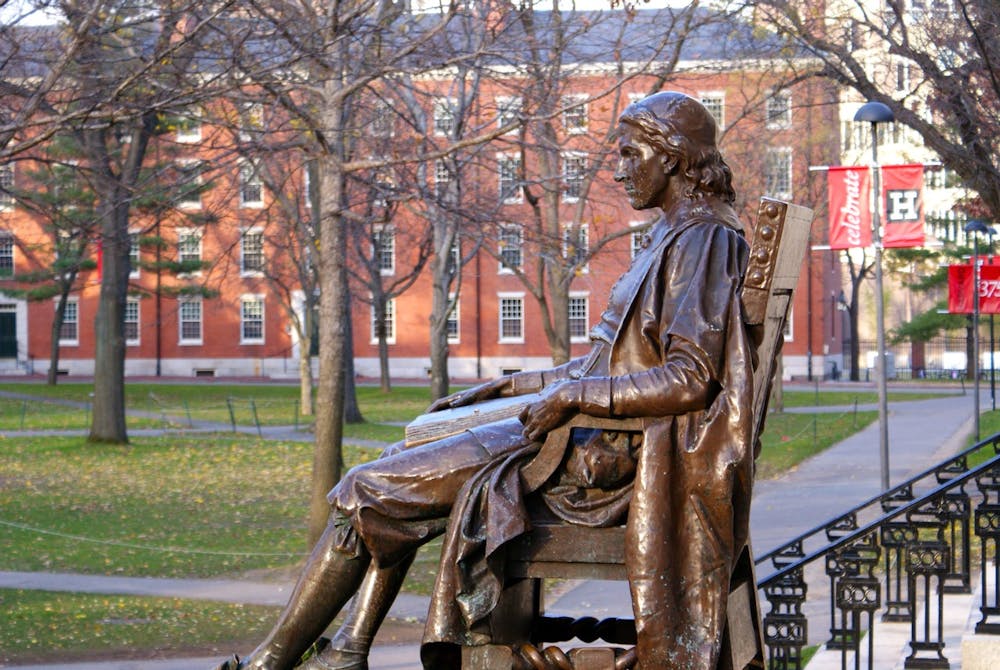The infamous Harvard lawsuit is over. Judge Burroughs decided in favor of Harvard on all four counts, upholding a race-conscious model of admissions that not only Harvard, but many prestigious private universities — including Princeton — openly support and implement.
But when you read closely into her 130-page opinion, it’s obvious that the ruling was not an unconditional support for Harvard’s admissions processes. Judge Burroughs herself concedes that the current admissions practices are “imperfect.” She recommends that admissions officers should receive “implicit bias training,” in order to carefully and delicately tread the line between race-conscious and discriminatory in the admissions process.
Judge Burroughs’ message is incredibly important for future discussions of affirmative action and the surrounding issues. Unilaterally supporting affirmative action is insufficient. Striving to actively reject implicit biases is something everyone should work on — not just Harvard admissions officers.
While I fully believe in the necessity of affirmative action for the sake of diversity, these biases and racial stereotypes tend to manifest in strange ways, especially for Asians. Sociologists commonly refer to it as the “model minority myth”: the belief that Asians are always diligent, hard-working, quiet, and submissive. They are considered to be the model minority simply because they are perceptually well-assimilated into mainstream American society, an example for other minorities to follow.
Unfortunately, this bias is something that pervades every aspect of our lives. Asians allegedly being ranked consistently lower in “personality scores” does not necessarily indicate that Harvard admissions officers are racist. Instead, I believe that this pattern is underpinned by a wider sociological phenomenon that views Asians as unilaterally “quiet,” “robotic,” and thus “uninteresting” — an internalized view that is based on a rather incomplete view of history.
It’s true that Asian Americans are the highest-income-earning, highest-educated racial group in the United States. But this is not because of some exotic, cultural, or inherently hard-working characteristic that only Asians possess. Rather, it’s driven by different histories of immigration. Sociologist Jennifer Lee explains it best in her book The Asian American Achievement Paradox: 51 percent of Chinese-Americans are college graduates, in comparison to just 4 percent of adults in China. This contrast is fueled by selective immigration policies targeted at more highly educated Chinese immigrants.
On the other hand, the frequently racist conceptions towards Mexicans — including the tirades thrown by the Trump administration highlighting their “lack of education” — are also historically fueled by a less-restrained model of immigration from Mexico. The 1942 Bracero program is a good example of this; it brought an influx of unskilled labor from Mexico into the United States, as opposed to the more selective policy regarding immigration from China, which emphasized the need for skilled Chinese workers at a different period in history.
It’s clear that racial biases often end up being inaccurate. It’s not that any race has certain innate characteristics such as “conscientiousness” — our perceptions are simply skewed by the immigration patterns from different countries into the United States. This complex history of immigration has gone unnoticed and caused us to unconsciously internalize the model minority myth.

Believing in the model minority myth is harmful to everyone. This myth kills potential coalitions between different minority groups and fosters harmful divisions. Specifically, it allows white conservatives to deflect the blame and wedge minorities against each other, as demonstrated by some of the Harvard lawsuit’s white leaders. Edward Blum, a conservative who has historically fought against most race-conscious systems and has also taken charge of the Harvard lawsuit, explicitly stated in his Harvard lawsuit court filing that he “needed Asian plaintiffs,” so that they could serve the instrumental value of ensuring more white admissions.
The idea that white supremacists proudly consider Asians to be quiet bystanders in their agendas is troubling. We should be deeply ashamed that Dylann Roof, the Charleston church shooter, referred to Asians as “potential allies.” Playing into the perceived role of Asians being quiet and submissive only perpetuates white supremacy. The model minority myth fabricates an overly positive perception of Asians as a whole, glossing over the diversity of issues that exist within our larger communities. For instance, the Southeast Asian poverty rate in the United States, is much higher than the average, but no one ever talks about it. It gets muddled by the model minority myth.
The Harvard lawsuit, and Judge Burroughs’ rather comprehensive opinion released on the subject, gives us an opportunity to re-examine what it means to be an Asian person residing in America. It pushes the question of where exactly Asians stand in conversations about race. There are important biases that exist outside of college admissions, and we should think more about and ultimately reject such biases, such as the model minority myth.
Jae-Kyung Sim is a sophomore from Sejong City, South Korea. He can be reached at j.sim@princeton.edu.









